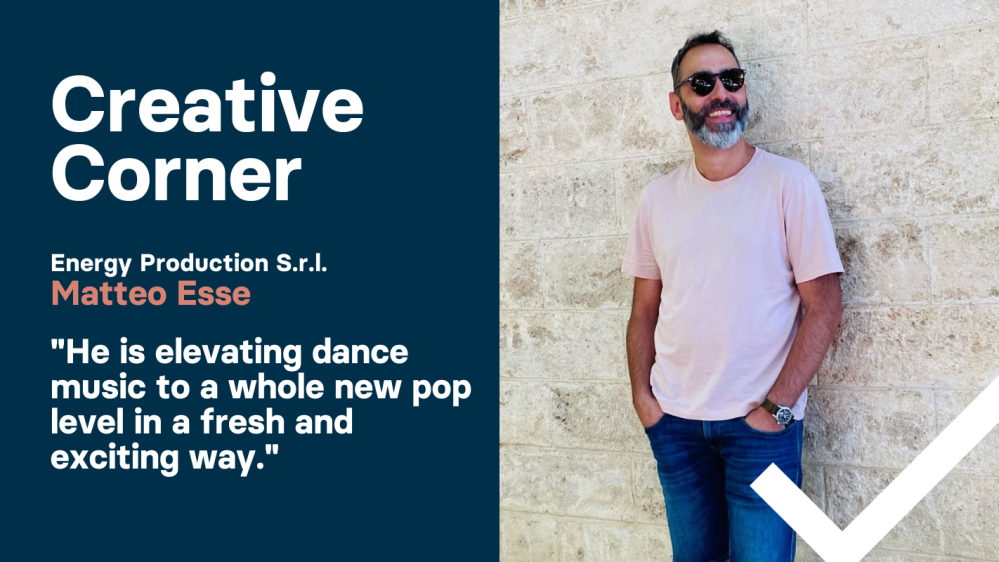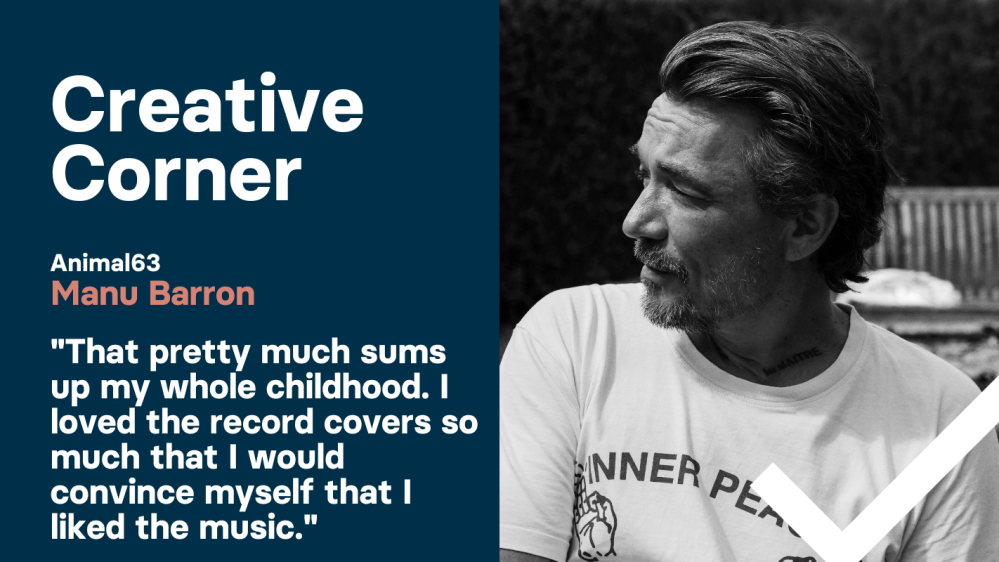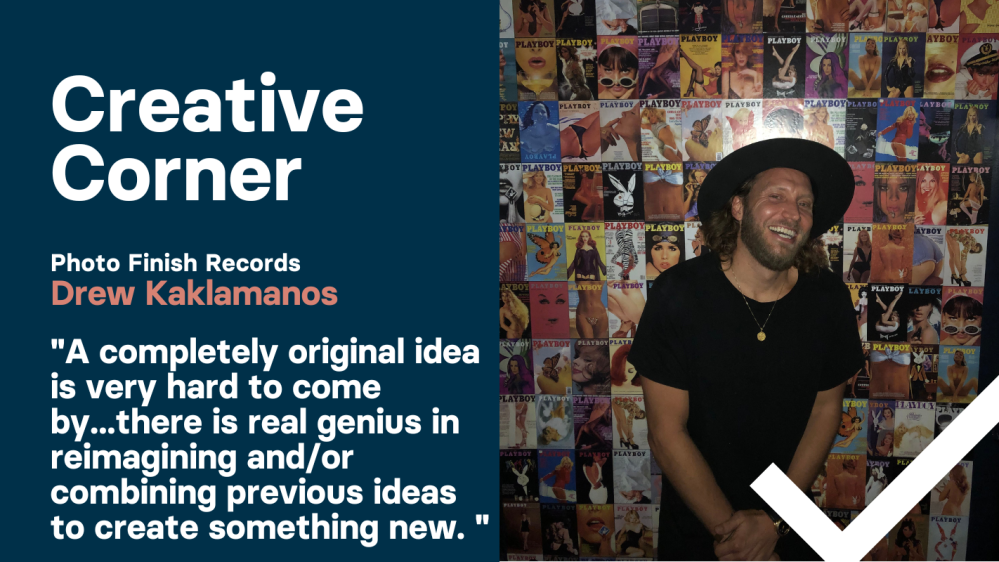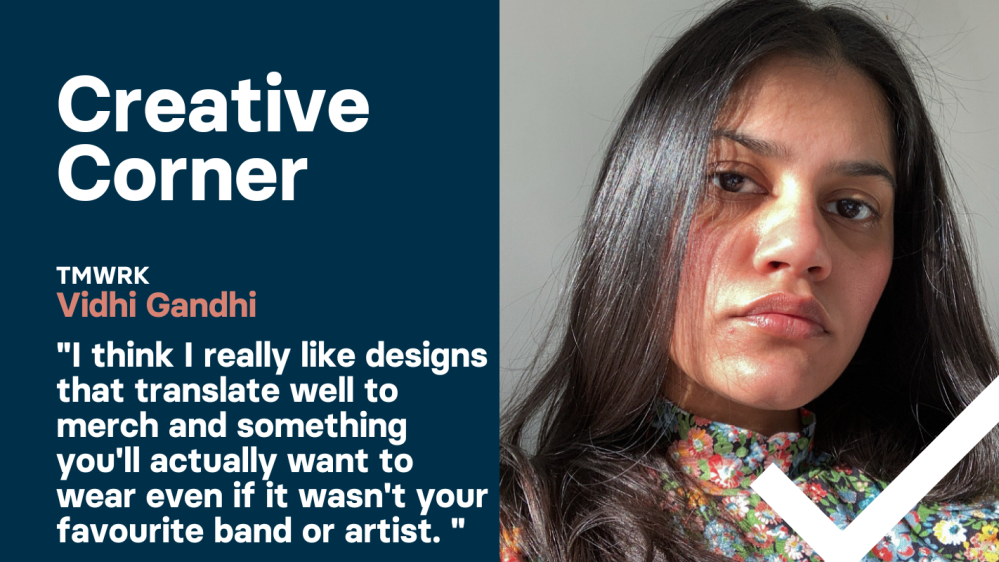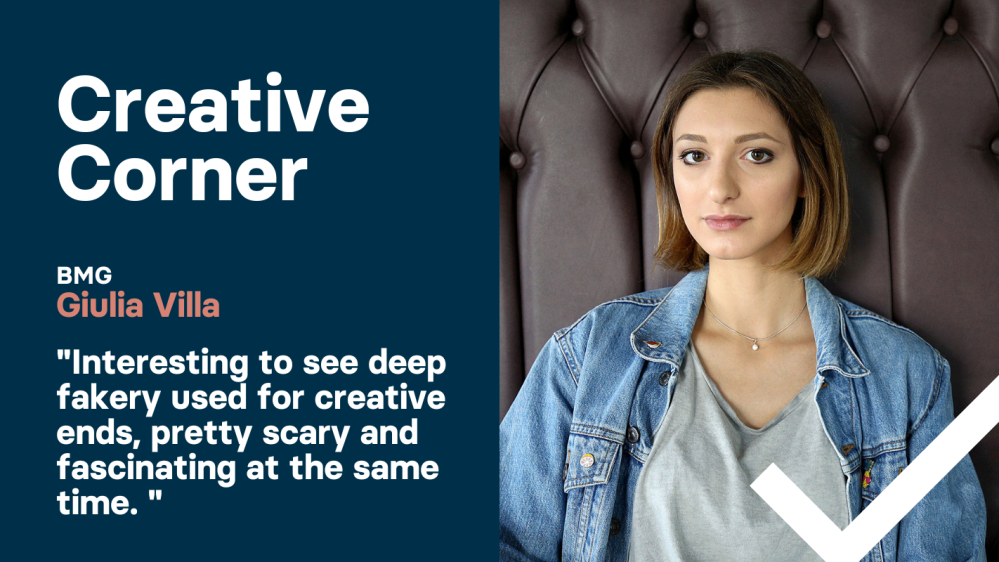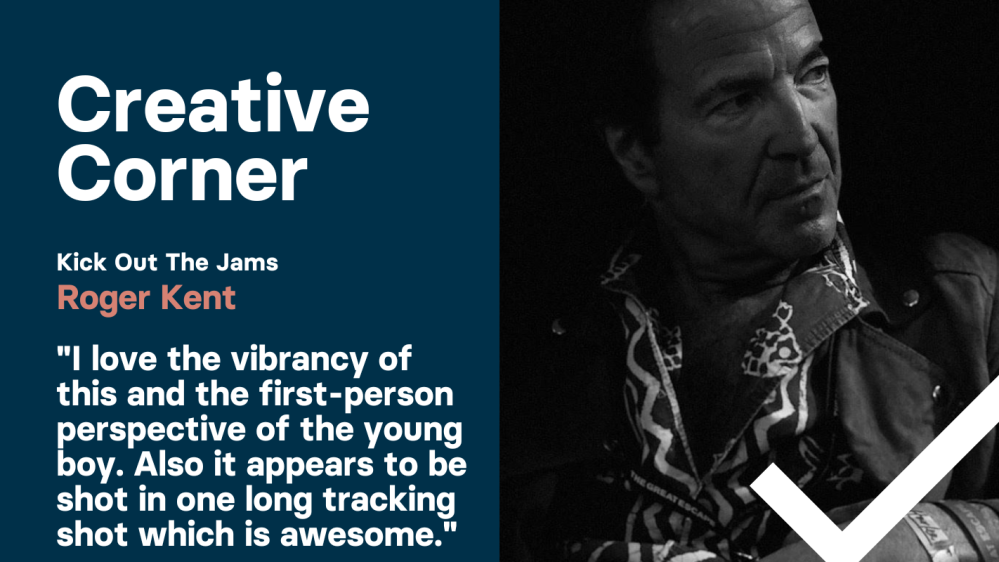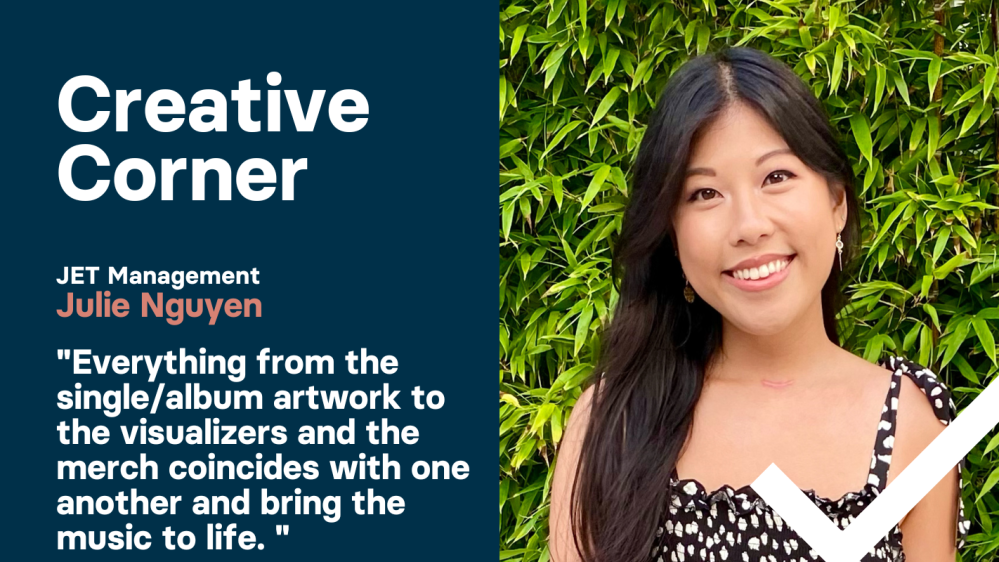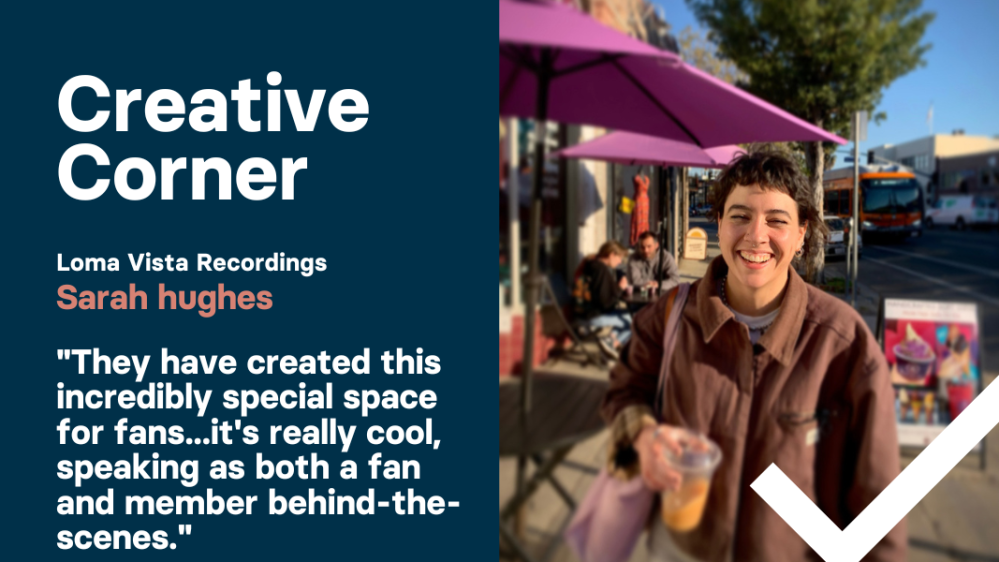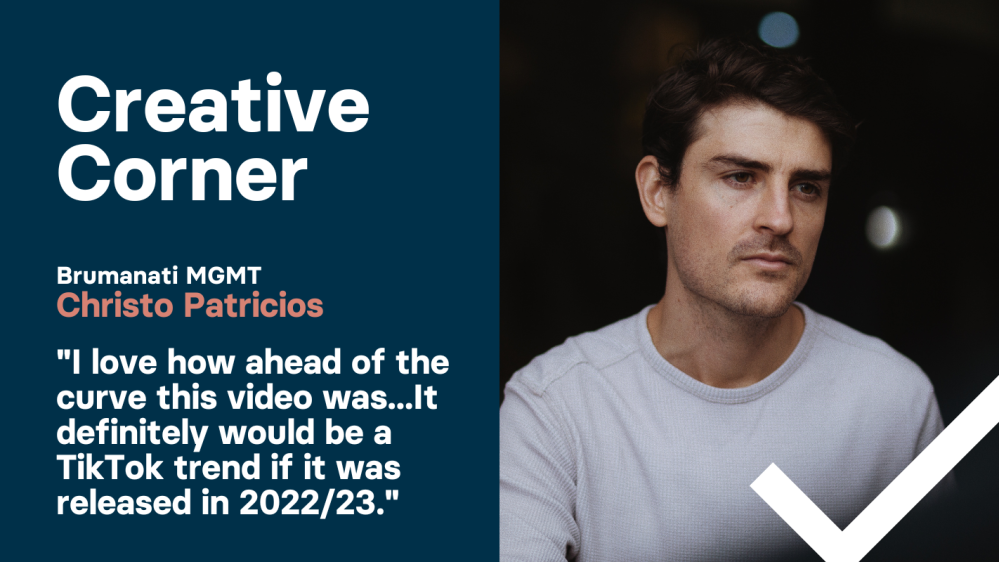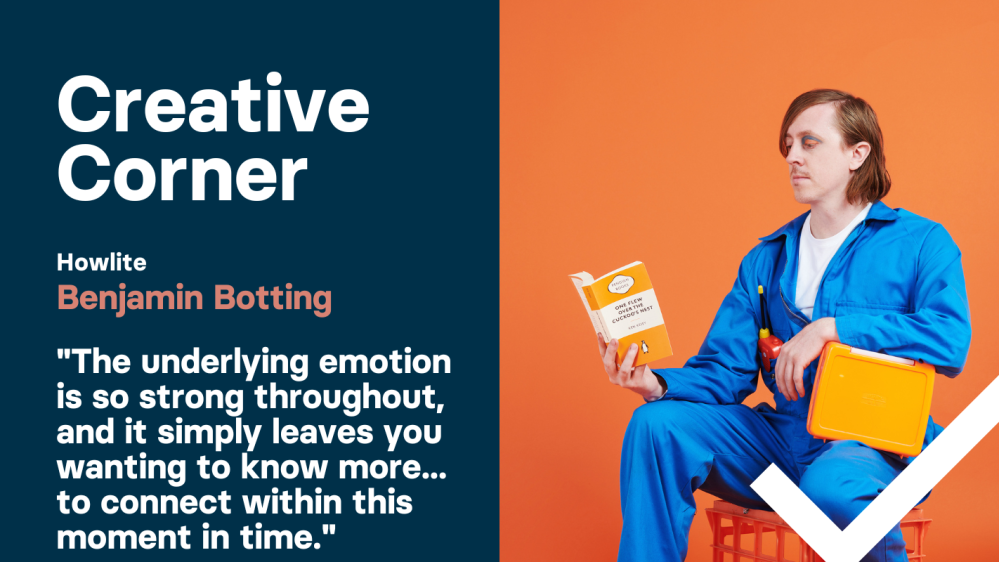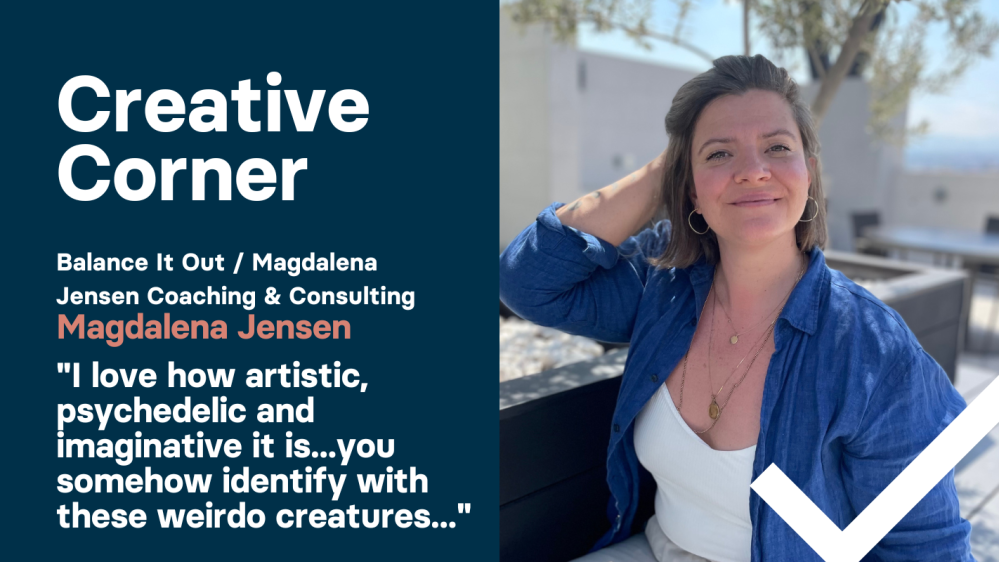
When you’re new to the game, the world of freelancing can be a scary place. From working out day rates to winning a brief, there are no set rules and you mostly have to learn your way through first hand.
After going it alone for a few years, Luis Hindman, a director, producer, and filmmaker formed a creative studio with his collaborators a few months ago called LADYBUG. Ever since, the studio has scored an astonishing series of successful lockdown commissions so we caught up with the studio founder and long-time Creative Commission user to talk about the difference between scoring briefs as a freelancer vs. as a collective.
Luis began properly working on music promos around the age of fifteen, before eventually signing up to Creative Commission to submit ideas to music industry briefs back in 2017. His first successful commission was for Ten Tonnes’ video for Cracks Between.
The rise of animated videos
Eventually, there was a large enough body of work for Luis to team-up with his industry friends and assemble a substantial, pooled portfolio.
"These three main animators I work with, we all have a very similar style and it all has a very similar feel to it," Luis tells us over the phone. "It kind of made sense to put all owners as one brand. We’ve been thinking about it for a while but since lockdown started we set that up and then was a pretty good decision."
With the music industry looking for alternative ways to promote music as the pandemic kept us all inside, there was a rise in commissioners seeking out visualisers and animated lyric video content which was great news for Luis and the team. So what makes a good lyric video?
“We’ve always found the more energy in the track the better,” Luis explains.
“Especially if there's fun stuff going on with ad-libs and background vocals, the more anarchic and rebellious the track feels, that makes the work we’re most proud of.”
And obviously there are some tracks that work better than others. “We don’t love it when we get a track for a lyric video and there’s a big instrumental or something because it’s not making the best use of the form. Something we’re working on now is a rap track and we’re excited about because that’s double the amount of the words and more ad-libs and you don’t see many Hip Hop lyric videos really.”
Foot in the door
The beauty of a successful commission on CC is that it's a foot-in-the-door to develop a long-term working relationship. Having scored a few music video and visualiser briefs through the platform, management, labels and commissioners have got in contact with Luis and LADYBUG for repeat work.
"One of the management labels we work with the most is Blackstar, they’re probably the company I work with the most and that comes privately through email but that relationship came from CC over a year ago. From that job I’ve worked with them every single month. I reckon 80% or 90% of my work would’ve come through CC.”
All it takes is the right person finding the right projects on your profile before you can make the switch between freelancing on the side to working on creative projects full time.
“Immediately when I started pitching as LADYBUG we saw a huge difference just from that.” After making the leap to being a studio, Luis noticed there was a noticeable difference between scoring commissions as a collective compared to being solo.
“I changed the whole account to be repositioned on Creative Commission under LADYBUG, so we rebranded that way. And then a lot of stuff on CC, a big percentage has come through clickthroughs, especially in the first week since launching it.”
“Since we launched it, one of the bigger commissions was a music video for The Snuts for their track Don’t Forget It and that was quite a fun one because usually we split up the animators between different projects but for that we had all three of them work on it together. It was all hands-on with the treatment. We have one for The Regrettes coming out today, for the song I Love Us, that was a fun one because we do a lot of lyrics videos but this one is a narrative music video so it was cool to storyboard some narrative.”
But there a few things to keep in mind before launching a studio, which will make the process a whole lot easier. What Luis found helpful is having a big catalogue of work beforehand.
“For us, that happened kind of by accident but we’ve been doing a lot of it without a name, so by the time it was time to put a name to what we were producing, there was already a lot of stuff there.”
“Working in a studio is quite competitive so we try to bring something that’s specific to us,” he goes on. Finding your niche and doing it well is the most important thing in any creative industry, with commissioners more likely to reach out for unique styles.“That animation style we do is quite exclusive to our work. Some labels might not think its right for their track or a band might not want it, but we feel like if they’re slightly interested in the idea because of the hand-drawn illustrative style and what we specialise in. I feel like, if you can offer something that is unique to you, that’ll definitely give you a head start.”
